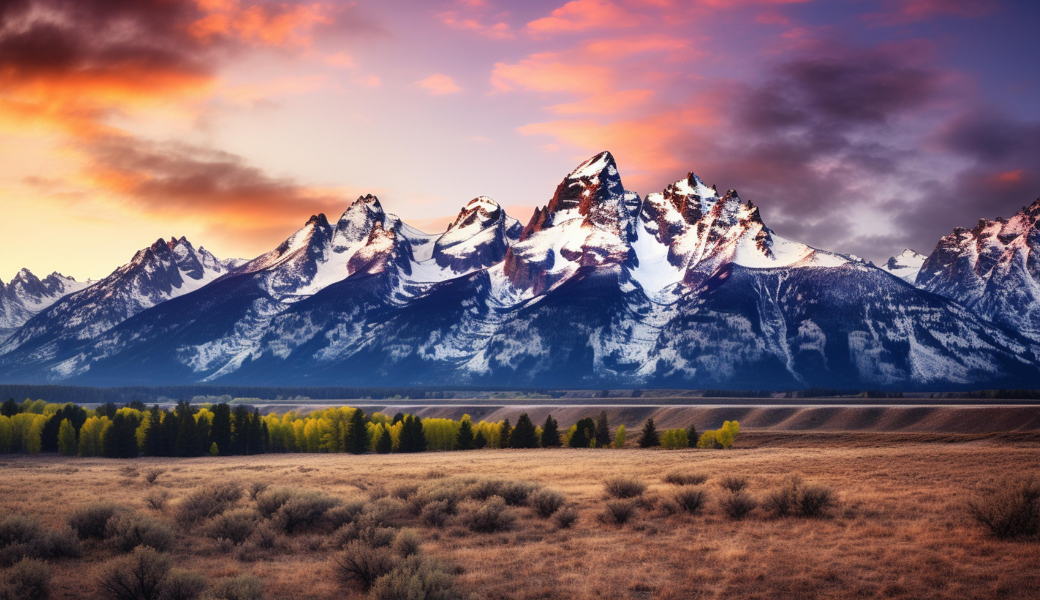Why The National Infrastructure Conversation Must Include National Parks

Originally published on The Hill.
It’s a safe bet that most Americans are acutely aware of the need to repair and update our country’s roads, bridges, tunnels and other public structures. After all, they see this need – and feel it in the shocks of their vehicles or experience it in the service delays of their public transit options – every single day.
Now it’s not every day that Americans are able to visit our national parks. But when they do, it should be a very special experience. Sadly, far too often their ability to enjoy the natural beauty of these national jewels is hampered by desperately needed repairs.
That’s why America’s National Park System, which has a backlog of repairs approaching $12 billion, must be part of the national infrastructure conversation. And why we at the RV Industry Association – the leading trade voice representing the $50 billion RV industry – support the National Park Restoration Act.
This bill creates the National Park Restoration fund which will receive 50 percent of onshore and offshore revenues from energy production on federal lands over 2018 projections that are not already allocated to other purposes. It requires the secretary of Interior to use the fund for priority deferred maintenance needs, including roads, buildings, campgrounds, RV sites, trails, water systems and more, that support critical infrastructure and visitor services of the National Park Service.
Importantly, the bill protects payments to states, the Land and Water Conservation Fund, the Reclamation Fund, and all other existing uses of onshore and offshore revenues. These existing uses will receive all their funding before the National Park Restoration Fund receives any funding.
The National Park Service turns 102-years-old this year, and at many of the agency’s 400-plus sites that age is showing. From roads, bridges, and restrooms to trails, historical houses, and sewage and electrical systems, the infrastructure in too many parks is closed, broken, deteriorating or out of date.
The fact is that many federal campgrounds were constructed more than 60 years ago during the Eisenhower era and were not built or equipped to accommodate today’s more technologically advanced and larger RVs, or to handle the anticipated greater demands from the millennials who are embracing the already booming RV industry.
Inadequate Park Service campgrounds, water systems and other utilities reduce overnight visitation and enjoyment, and deteriorating or closed roads, bridges and campgrounds negatively impact RV users in particular. At a time when the RV industry is growing at record levels, RV overnight stays at National Parks are declining. Congress should be concerned that the current state of park infrastructure is driving high-paying overnight visitors away and generating less funds for park upgrades.
Without this critical funding, the maintenance backlog will likely continue to grow and eventually cost even more to address. But more than just dollars and cents, there is also the issue of common sense: the backlog of infrastructure projects at our national parks limits access and impairs visitor experiences and recreation opportunities.
Public lands and waters managed by federal agencies cover nearly one-third of the nation’s surface and host more than 700 million visits annually. And outdoor recreation is the number one driver of economic activity on those federal lands and every dollar invested in the National Park Service subsequently returns $10 to the U.S. economy.
Under this proposed bill, the National Park Restoration Fund would provide mandatory funding for the high-priority deferred maintenance needs that support critical infrastructure, visitor services and revenue streams at our National Parks.
As the Trump administration and Congress discuss our national infrastructure needs, it’s critical that they recognize and move on the need to invest in the restoration of our national parks.
Not only do RVers rely on federal infrastructure for safe and enjoyable experiences in national parks, this priority investment makes sense for the preservation of our nation’s history, the vitality of local communities that depend on park tourism, and the creation of jobs in those communities. The National Parks Restoration Act is a great way to kickstart that effort right now.
Please Sign in to View
Log in to view member-only content.
If you believe you are receiving this message in error contact us at memberservices@rvia.org.
